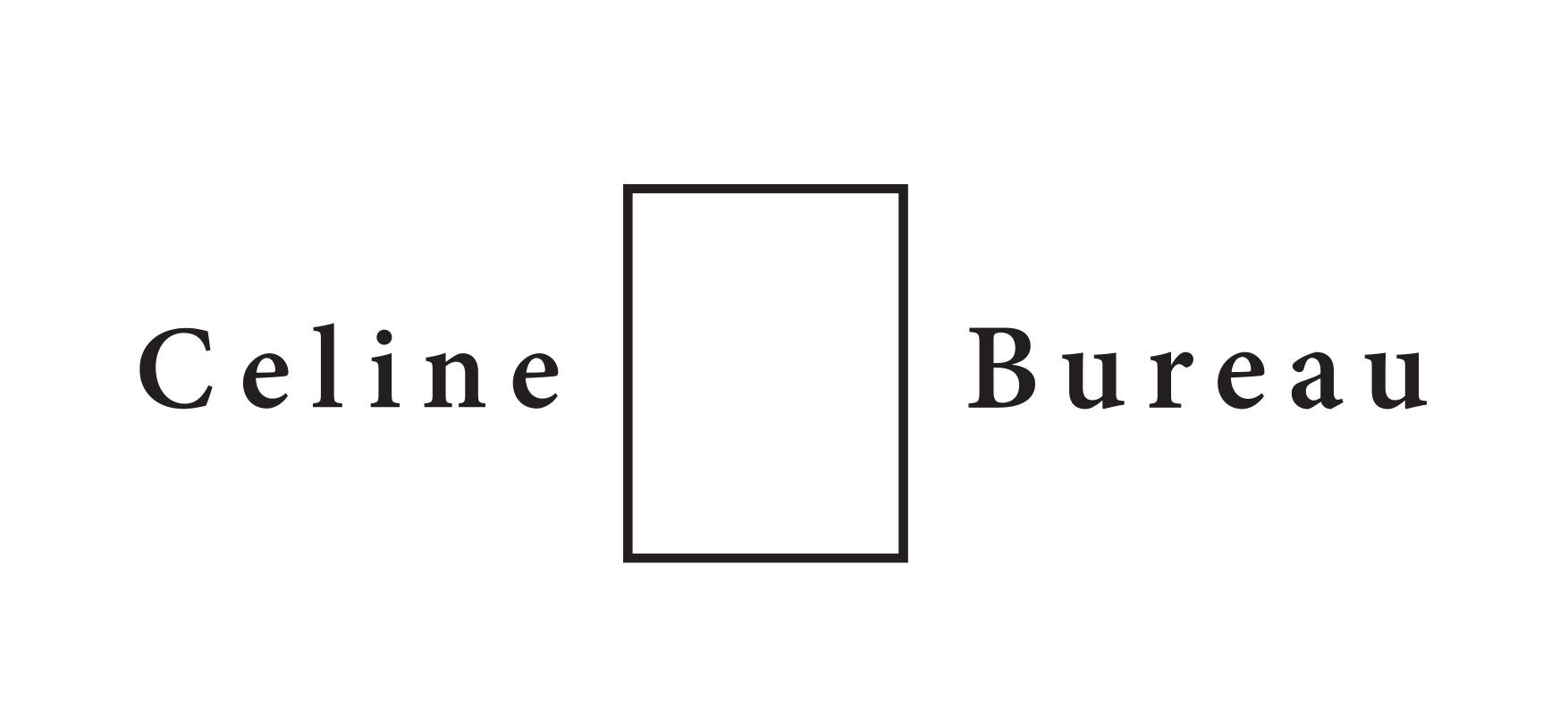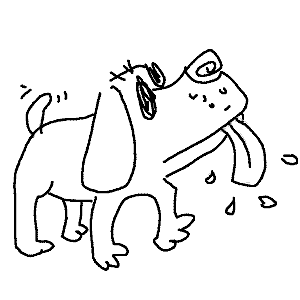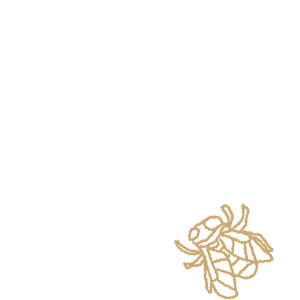Riad El Mahmoudy & Liz Waterman

Liz Waterman is an emerging video and performance artist based in Montreal. Inspired by the post-internet movement of the 2010’s, her work deals with the tangible consequences of contemporary social media culture. Her work emphasizes the role of performativity in online environments, focusing on how the nature of constant social performance shifts our perspectives on what is public and what is private. Treating these digital platforms as performance spaces in their own right, she aims to critically analyze the social dynamics of the internet while simultaneously contributing to them. Motivated by the wealth of authorless media circulating online and guided by a philosophy of contribution over ownership, Waterman uses the vast array of images she encounters online in her work, being particularly interested in how these images tend to simultaneously reflect reality and construct it. In working with these images and harnessing their coded meanings, Waterman attempts to reflect our contemporary experience, perhaps helping us to understand how social reality truly functions in an era that is predominantly experienced online.
Riad El Mahmoudy is a programmer, robotics artist, and painter currently based in Montreal. His work attempts to highlight the growing internet youth subcultures of Morocco, his country of origin. Through his research, primarily conducted on social networks, El Mahmoudy aims to realistically capture the contentions, frustrations, violence, and wit of a post-internet Morocco in these online spaces. In a stark rejection of self-orientalism, his work confronts western audiences with an “unpolished”, cluttered, and Low Resolution depiction of the subject matter’s changing virtual ethos. By maintaining a layer or unease and intrusion within his pieces, he critically tackles cultural relativism in the digital age.
Named after the antiquated social practice of physically congregating to play computer games, LAN Party is a multiuser website that aims to recenter the inherent communal aspect of using the internet. Installed in the gallery are six monitors in two rows of three, prompting multiple users to simultaneously interact with the work. The website's UI emulates popular web design styles of the mid 2000’s. The site serves as a russian doll of links, one leading to another, taking users on a journey through various pockets of the internet. The pages embedded in these links are composed of both found and first hand media. While imitating the novelty of the adolescent browsing experience, these pages range in content to elicit the varied emotional repercussions of human curiosity; from pleasure to dread. Some examples of these include fictitious LiveJournal pages, active anonymous chatrooms, specialty porn websites, videos that directly address the user, etc. As the individual’s surfing experience intensifies, a series of inescapable timed pop-ups will appear on each of the six screens, forcing the users to be aware of each others' physical presence. These pop-ups manifest in a variety of ways, all of which alluding to the necessity of collective engagement. Some of the pop ups will be as simple as meta statements referencing components of the users' shared environment, inviting users to notice their surroundings. Some will be more complicated, such as live streamed footage from another user's webcam, prompting users to look around at whose face they are seeing on their screen. Via brief but potent intervening actions, these pop-ups serve to bridge the gap between the individual and the mutual, substantiating the notion of community online.
@vrvadv
@aphex.redditor



